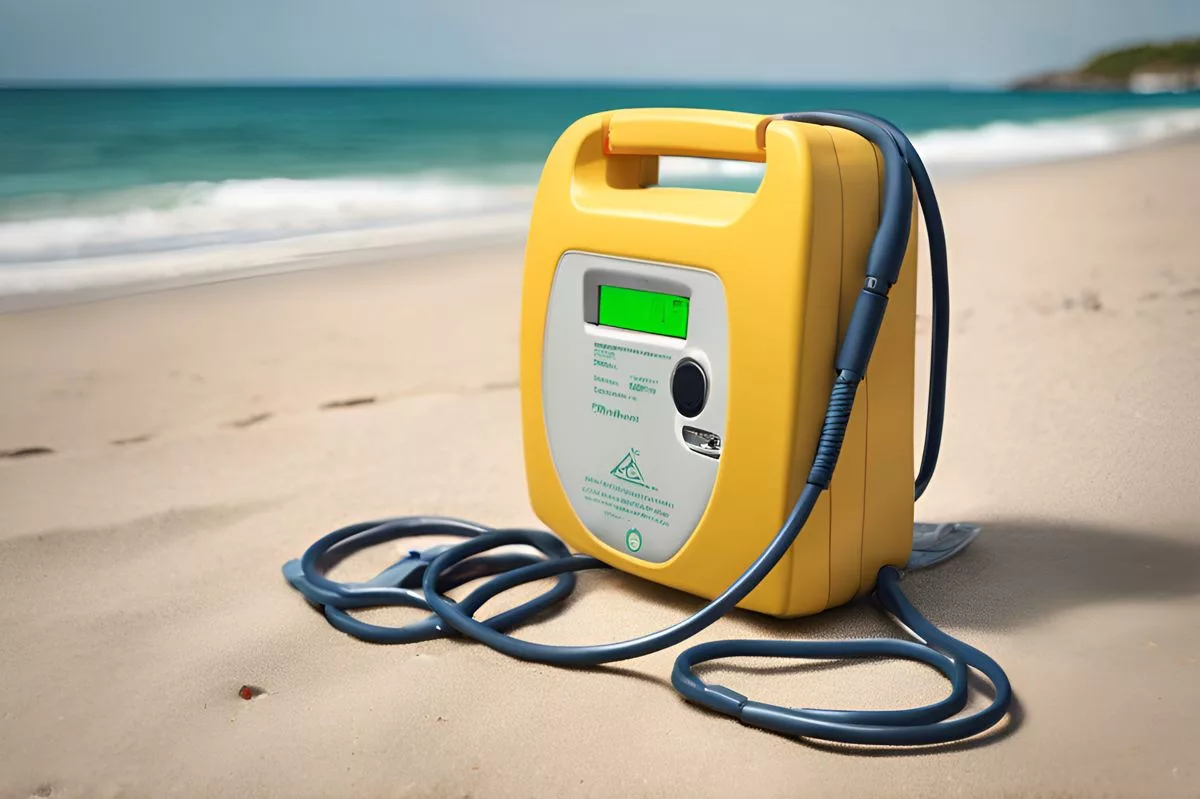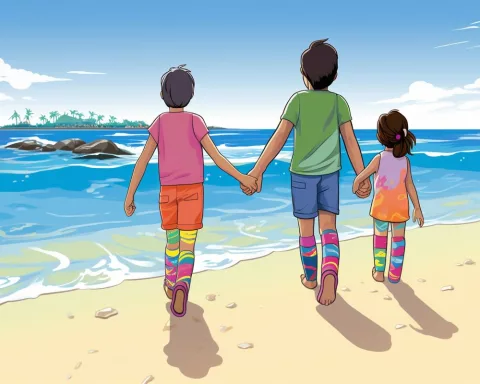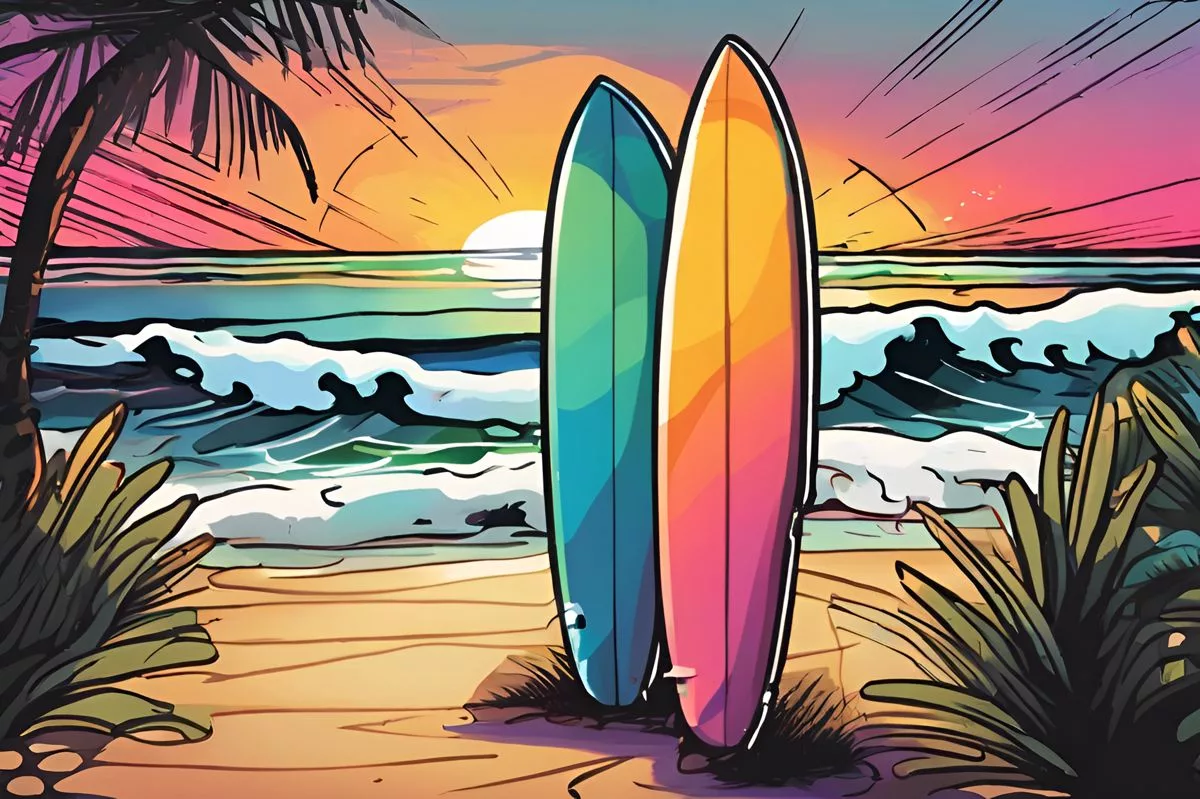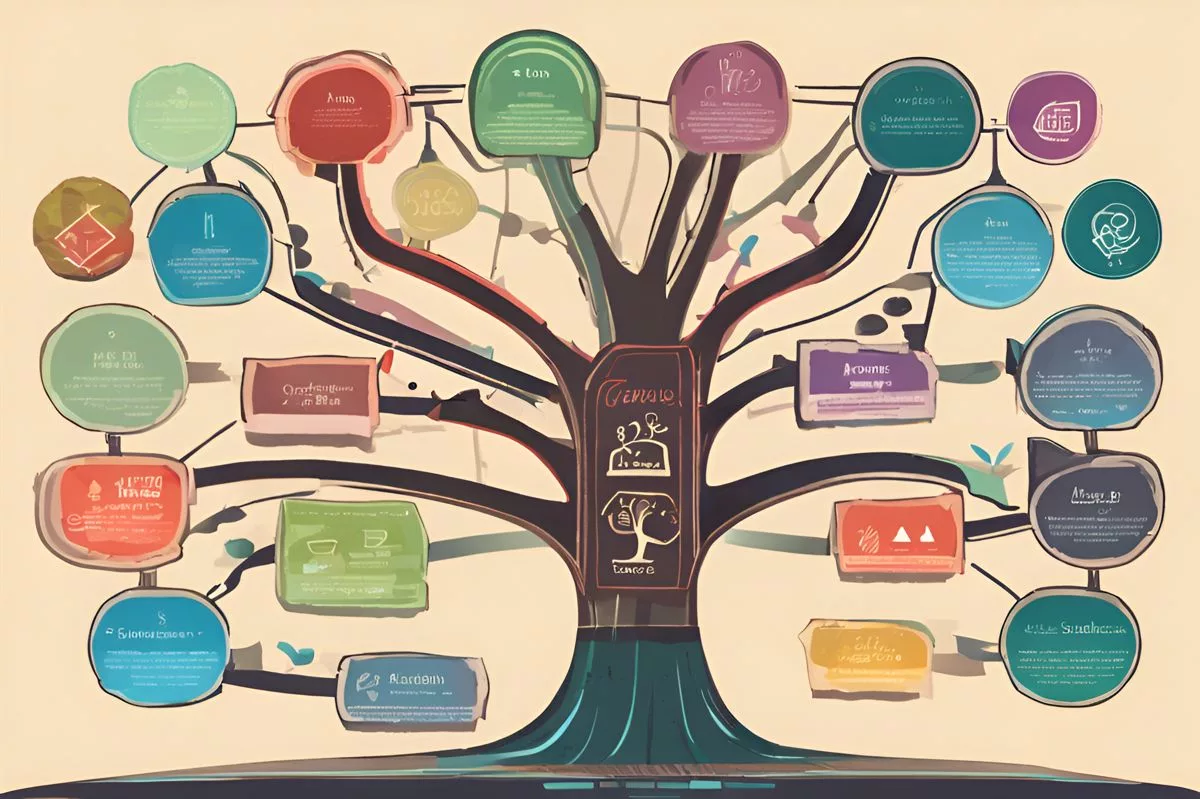Recent tragedies have highlighted the urgent need for lifesaving equipment, such as Automated External Defibrillators (AEDs), pocket masks, and face shields. These tools, combined with community awareness and appropriate training, can significantly reduce fatalities on South African beaches. With strategic measures and the power to change within our reach, we can make a difference and save lives. Cape Town’s beaches are a beautiful and popular destination, but they can also be dangerous.
How can Cape Town’s beachfronts implement lifesaving strategies?
Automated External Defibrillators (AEDs) can significantly alter the outcome of emergencies. AEDs are user-friendly and can provide lifesaving electric shocks to the heart, significantly boosting survival chances from cardiac arrests. Additional resources like pocket masks and face shields can also be crucial lifesavers. Coupled with community awareness and appropriate training, the availability of these essential rescue items can dramatically reduce fatalities on South African beaches.
Prologue: The Vibrant Landscape and Hidden Menace
Nestled in the core of Cape Town, the lively beaches and humming coastline are witnessing a new chapter – an era where onlookers transform into rescuers, armed with the resources required to prevent a fellow beach visitor from an untimely end.
Picture a typical morning at Mnandi, Strandfontein, or Clifton beaches. Individuals of all age groups, enthusiastically welcome the chilly Atlantic waves. This daily spectacle, a rhythmic sequence of moments, emits the quintessence of Cape Town’s coastal allure. However, beneath this facade of tranquility, a solemn truth lurks.
A few months earlier, the peace of such a morning was broken. A beachgoer, a marine enthusiast, experienced a sudden heart failure. His companions began CPR efforts. Despite their vigorous chest thrusts, the necessary help arrived too late. The man, a spirited constituent of the Atlantic seafront aquatic fraternity, did not make it.
Echoes of Tragedy: The Need for Lifesaving Equipment
Shortly after this tragic incident, a similar event unfolded. A woman found drifting face down, was pulled ashore, but despite the relentless efforts of multiple paramedic teams, she could not be revived.
Such events highlight an urgent necessity for life-preserving tools at the city’s frequented beaches – specifically, Automated External Defibrillators (AEDs), a user-friendly equipment that could significantly alter the outcome of emergencies.
A sudden cardiac arrest implies an abrupt stop in the heart’s activity. Rapid identification of this life-threatening situation is critical. Initiating chest compressions immediately, which consists of pushing down on the chest at least two inches (5cm) continuously, is essential to maintain blood flow to the brain and heart. However, this alone cannot restore the heart’s function if it stopped due to a rhythm disturbance (fibrillation).
Embracing the AED: The Game Changer in Emergency Situations
This is where the AED plays a significant role – a battery-operated device that provides lifesaving electric shocks to the heart. The defibrillator’s user-friendly interface guides the rescuer in delivering the shock, making it feasible even for an untrained bystander to operate it effectively.
The swift use of AEDs significantly boosts survival chances from cardiac arrests. Globally, survival rates from sudden cardiac arrests are worryingly low, around 7-8 percent. However, public access to AEDs, as demonstrated on Australian beaches, can greatly alter this scenario.
In South Africa, one primary concern is ensuring the security of these life-preserving tools, especially considering the unfortunate incidents of theft. However, there are strategies to tackle this problem. The National Sea Rescue Institute’s (NSRI) initiative to protect first-aid kits for shark attacks through PIN coded boxes presents a promising solution.
Auxiliary Tools and Community Participation: Keys to Saving Lives
Along with AEDs, additional resources, like pocket masks and face shields, can also be crucial lifesavers. Particularly during incidents of drowning, where clearing the airway and providing rescue breaths are vital, these tools enable bystanders to safely offer first aid, thus reducing the risk of contamination.
An estimate suggests that nearly 1,500 people annually lose their lives to drowning on South African beaches. However, with strategic measures such as the availability of defibrillators, airway devices, and other essential rescue items, coupled with community awareness and appropriate training, these figures can be dramatically reduced.
Affluent beaches of Cape Town might find it easier to make these lifesaving tools accessible. However, the demand for these resources is equally, if not more, critical at popular beaches like Mnandi, Alpha, and Nine Miles, which have dedicated volunteer lifesaving clubs.
Epilogue: The Power to Change Lies Within Us
Ultimately, it is important to realize that a cardiac arrest can affect anyone, from sturdy athletes to casual beach visitors. The sole way to save these lives is through prompt recognition and defibrillation.
As we steer through these currents of change, let us not forget that a successful resuscitation is more than just a medical triumph. It echoes through the community, instilling a sense of hope, a tribute to the bravery of bystanders who dared to make a difference. The task might seem challenging, but the power to rewrite the narrative lies within our reach.
1. What lifesaving equipment is needed at Cape Town’s beachfronts?
Automated External Defibrillators (AEDs), pocket masks, and face shields are necessary tools that can significantly reduce fatalities on South African beaches.
2. How can AEDs help in emergency situations?
AEDs provide lifesaving electric shocks to the heart, significantly boosting survival chances from cardiac arrests. The defibrillator’s user-friendly interface guides the rescuer in delivering the shock, making it feasible even for an untrained bystander to operate it effectively.
3. What are additional resources that can be crucial lifesavers?
Along with AEDs, pocket masks and face shields can also be essential lifesaving tools, particularly during incidents of drowning, where clearing the airway and providing rescue breaths are vital.
4. How can community awareness and appropriate training help reduce fatalities?
Community awareness and proper training can make a significant difference in reducing fatalities on South African beaches. With strategic measures such as the availability of defibrillators, airway devices, and other essential rescue items, coupled with community awareness and appropriate training, these figures can be dramatically reduced.
5. What are the challenges of making these lifesaving tools accessible?
One significant challenge is ensuring the security of these life-preserving tools, especially considering the unfortunate incidents of theft. However, there are strategies to tackle this problem, such as using PIN-coded boxes to secure first-aid kits.
6. Why is it essential to implement lifesaving strategies at Cape Town’s beachfronts?
Nearly 1,500 people annually lose their lives to drowning on South African beaches. Implementing lifesaving strategies such as the availability of defibrillators, airway devices, and other essential rescue items can significantly reduce fatalities and save lives.









